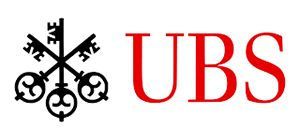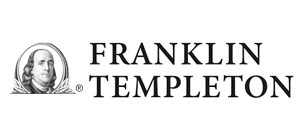Isolating the Monkey Effect. Part 3 of MPI’s Series on Smart Beta ETFs
Continuing our exploration into the smart beta segment (Part 1, Part 2), in this third post we introduce a simple “IQ Test” that can help investors and managers measure the “smartness” of the increasing number of non-cap-weight rules-based products on the market.
Continuing our exploration into the smart beta segment (Part 1, Part 2), in this third post we introduce a simple “IQ Test” that can help investors and managers measure the “smartness” of the increasing number of non-cap-weight rules-based products on the market.
There are numerous arguments in circulation saying that smart beta in general isn’t particularly smart. A prominent one, co-authored by Research Affiliate’s Rob Arnott, says a monkey can do it. The claim goes that portfolios whose construction successfully decouples price from weight tend to outperform their cap-weight counterparts over time. The next point the authors make is that this is primarily due to (small) size and value biases inherent in these indices, as well as a benefit from rebalancing. In fact, these characteristics have also been observed in randomly generated portfolios – the practical equivalent of Malkiel’s monkey throwing darts at the stock pages.
Refuting this argument, researchers at EDHEC find that a diverse sample of smart beta strategies are exposed to various factors of different magnitudes and that the characteristics observed in the prior study are most common with strategies that tend towards equal-weighting, or a monkey portfolio.
A third perspective from S&P begins with same idea, that an equal-weight index has the same expected return as a random (monkey) portfolio; that being the average stock return. They further argue that for both smart beta strategies and active managers who significantly deviate from cap-weighting, equal-weighting is a logical and more meaningful benchmark.
For investors seeking an intuitive way to assess the degree to which a smart beta portfolio deviates from cap-weighting, or in other words its degree of “monkey-ness”, Returns-Based Style Analysis can be used to mimic a portfolio’s behavior by using a simple combination of cap-weight and equal-weight indices. Thus, we can assess just how distinct the weighting schemes and results of various smart beta portfolios are. For products promoting a unique way of weighting securities to target various factors with aims of outperforming the market, such a test can be enlightening.
Sign in or register to get full access to all MPI research, comment on posts and read other community member commentary.





